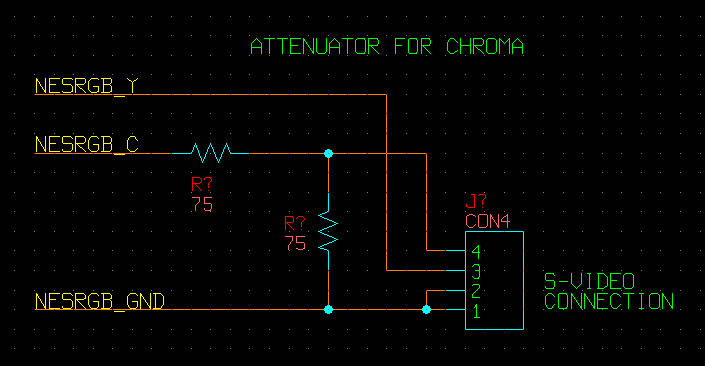Pasky wrote:Oh that's right. My mistake. Although it may be possible the sub carrier input line was causing interference within the encoder itself.
That's quite possible. I know that the interference is occurring before it reaches the output pads on the board. I wired a high quality shielded cable directly to the Y/C, and ground outputs, yielding the same results. Mind you, multiple Televisions later. I've tried to eliminate all external factors.
EDIT:
What can I say; Desperate people do desperate things.

Meh, not really. After looking at the datasheet for the bh7236af, I quickly came to the realization that it's just a knock-off the Sony CXA2075 encoder. I was pretty confident that the encoder itself had nothing to do with the interference, but I wanted to move along and eliminate it from the equation. So, after a quick reflow of this surface-package swap, I can tell you that the CXA2075 yields no difference.
So, what do we know? (At least from my own experience)
1) The encoder probably isn't the culprit. I dropped a pin compatible CXA2075 in place of the bh7236af, there was no change in output.
2) Both the NES and Twin Famicom are producing the same interference.
3) The interference seems stem from the color signals. If the Chroma signal is lifted, the Luma output has no diagonal jailbars.
3) We've eliminated both power and grounding issues, by using an array of various official adapters.
4) Shielded cable yields
some, but very little difference in 45 degree jailbars.
5) Splicing into a shielded S-Video cable and terminating it directly to the Y/C, and Ground outputs yields no change. This eliminates the wiring from the NESRGB and to the Multi-Out being the culprit, as well as any sort of coupling issue that are happening
away from the board. . We can safely assume that the interference is occurring somewhere on the board.
6) Multiple TV's have been tested.












